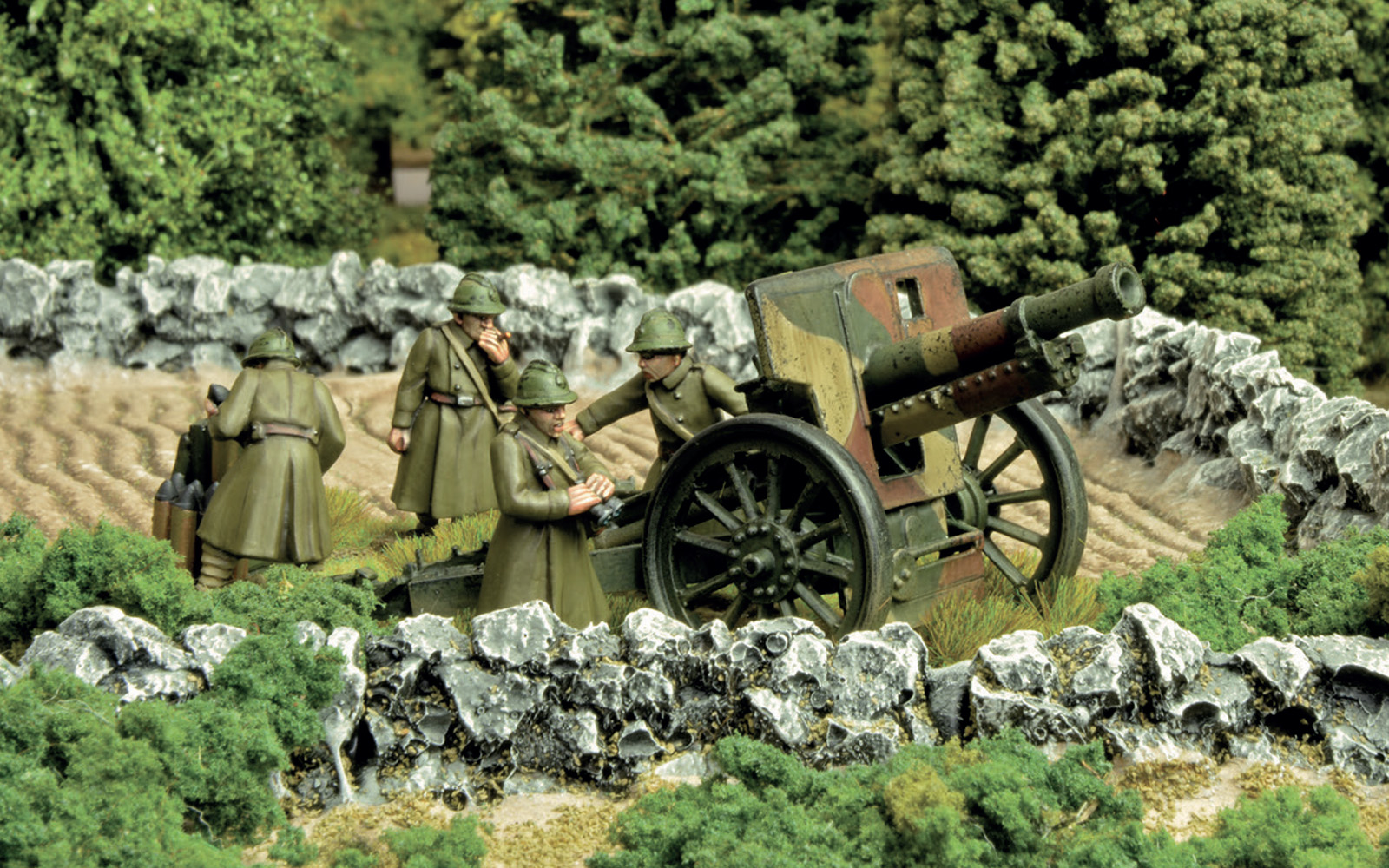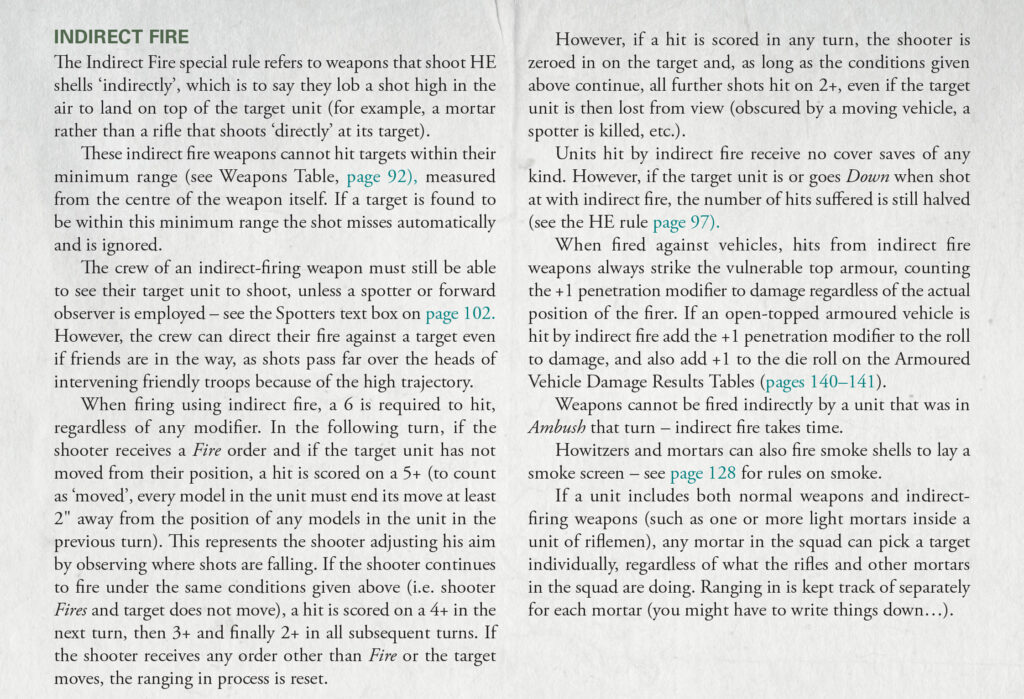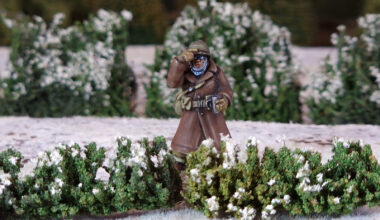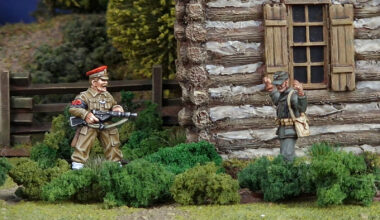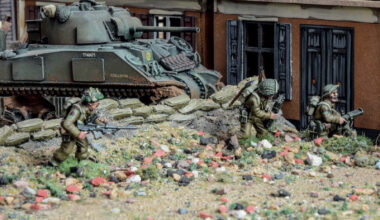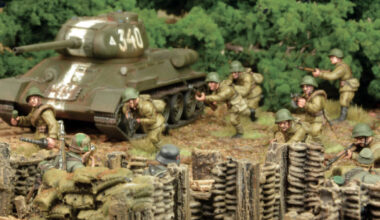We’ve all had those games of Bolt Action. There’s an enemy unit that you absolutely must destroy, but you can never quite get at them. Perhaps your opponent is a canny user of terrain, or maybe your dice just aren’t playing ball. When you need to hit something that would otherwise be out of reach, it’s time to bring the rain with some Indirect Fire!
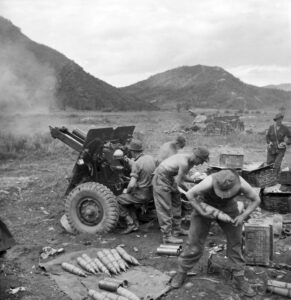
First off, let’s clarify exactly what we mean by Indirect Fire: In real-world terms, it’s simply the act of aiming and firing a weapon without having a direct line of site between the weapon and the target – pretty much what it says on the tin! The concept has been around more or less as long as people have been trying to kill each other from a distance – historically, archers were often used in this capacity – but was really perfected during the First World War, with the advent of truly modern artillery. By the Second World War, indirect fire, in particular infantry mortars, had become a key factor for all armies.
In Bolt Action
In the Bolt Action: Third Edition rulebook, we find the following on pp.101:
We can see that Indirect Fire has a couple of really important capabilities that make it a lethal asset on the Bolt Action battlefield. Firstly, and most obviously – you don’t need to have line of sight to your target, and can instead use the line of sight of any of the spotters in your force (provided you meet the necessary criteria)! This allows you to keep your artillery and mortars safely out of harm’s way, while still deploying their lethal ordnance. The second is a biggie – Indirect Fire ignores Cover! This makes it the perfect tool for digging enemy units out of entrenched positions that would otherwise prove almost impenetrable to small-arms fire.
Including Indirect Fire in your Army
The first thing to consider is what kind of indirect fire you want to bring to the table, and how you want to field it. The Bolt Action platoon system allows the vast majority of forces to field some form of indirect fire weaponry in Rifle, Heavy Weapons, Artillery, and Armoured Platoons, while some factions have weird and wonderful units that can be fielded in Engineer and Recce Infantry Platoons as well!
There’s a huge range of indirect fire weaponry available – from the small and economic Light Mortar, all the way up to the huge Heavy Howitzer – and with Third Edition’s force selection system, you can include more of it than ever before. By and large, we group indirect fire weapons into two basic types – mortars and howitzers.
Mortars
These simple tube-like weapons were among the most common anti-infantry weapons used during the Second World War, and as such are often seen on Bolt Action tables. Divided into Light, Medium, and Heavy types, they provide a good balance between on-table impact and points efficiency. Unable to fire directly, their main limiting factor is their minimum range – the larger the mortar, the greater the minimum range, but equally the greater the size and potency of their shells!
Howitzers
Howitzers, meanwhile, are artillery pieces capable of firing directly ‘over open sights’, or indirectly. When firing directly, it’s crucial to remember that they don’t ignore cover, but also don’t have a minimum range, so it gives them some very useful versatility. Available again as Light, Medium, or Heavy, they’re more potent than mortars, and thus cost commensurately more points.
Indirect Fire Weapons on Vehicles
Both mortars and howitzers can also be found mounted on specialised vehicles. In Bolt Action: Third Edition, these can now make use of Spotters just like their ground-mounted brethren, giving them even more tactical flexibility!
We can see that there’s a huge range of options for including indirect fire in your force, to suit any playstyle or points budget – now let’s look at how to use them!
Using Indirect Fire
When using indirect fire, it’s vital to consider where, what, why and when: Where are you placing your unit? What enemy unit are you engaging? Why are you engaging that particular unit? Finally, when will you engage that unit?
To begin with the where: the joy of indirect fire units is, rather obviously, that they do not need to be able to see their target! This means that you should always look to ‘conceal’ your indirect units from the enemy – behind line-of-sight-blocking terrain is ideal! If none is available, then the heaviest cover you can find is your next best bet – just watch out for enemy snipers or counter-battery fire.
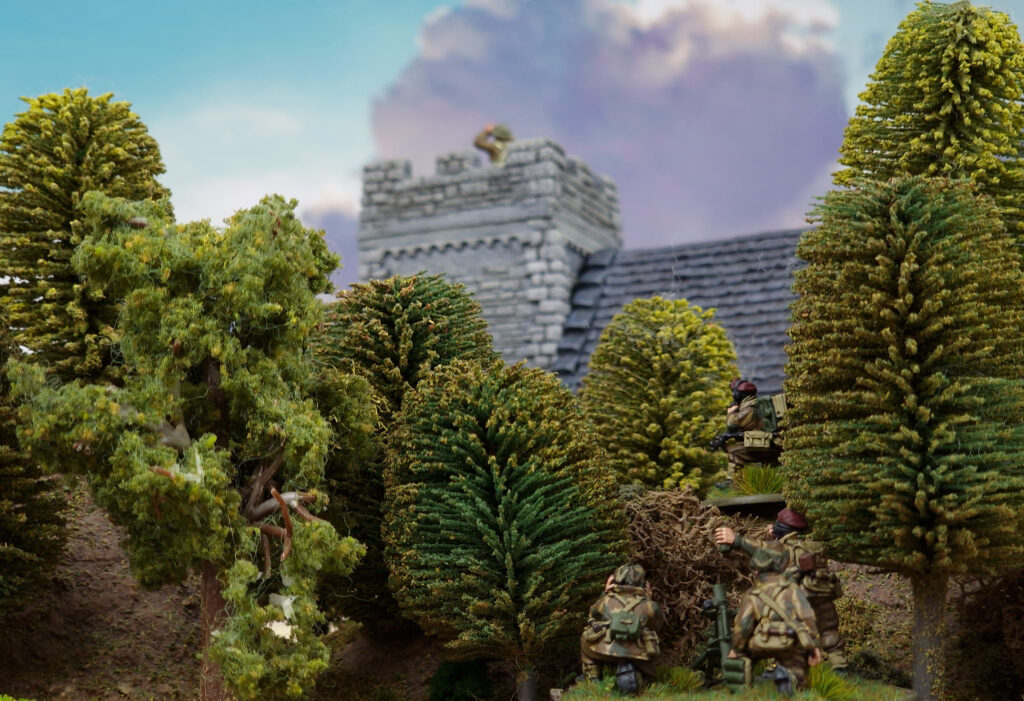
It’s also important to consider the position of your spotters – after all, whatever they can see, the weapons can fire at. Central, elevated positions are a spotter’s dream – the iconic European church tower or elevated Pacific sentry post make fantastic observation points. Remember, though – they’re very vulnerable to snipers or even close-quarters assaults by smaller squads with nothing better to do. Lose your spotters, and you may suddenly find your weapons are blind, and must waste valuable shooting time relocating.
Next, we have the what and the why. Target selection is absolutely vital when it comes to indirect fire. The first thing you need to make sure of is that your weapon can actually hurt what it’s shooting at – maybe that King Tiger shouldn’t be your first target for your light mortar! While you certainly can hurt vehicles with HE (or at least put some Pins on them), infantry and weapons teams should always be your first-choice targets. The more tightly packed they are, the more of them you can blast – units trying to cram themselves into areas of heavy cover are particularly vulnerable here!
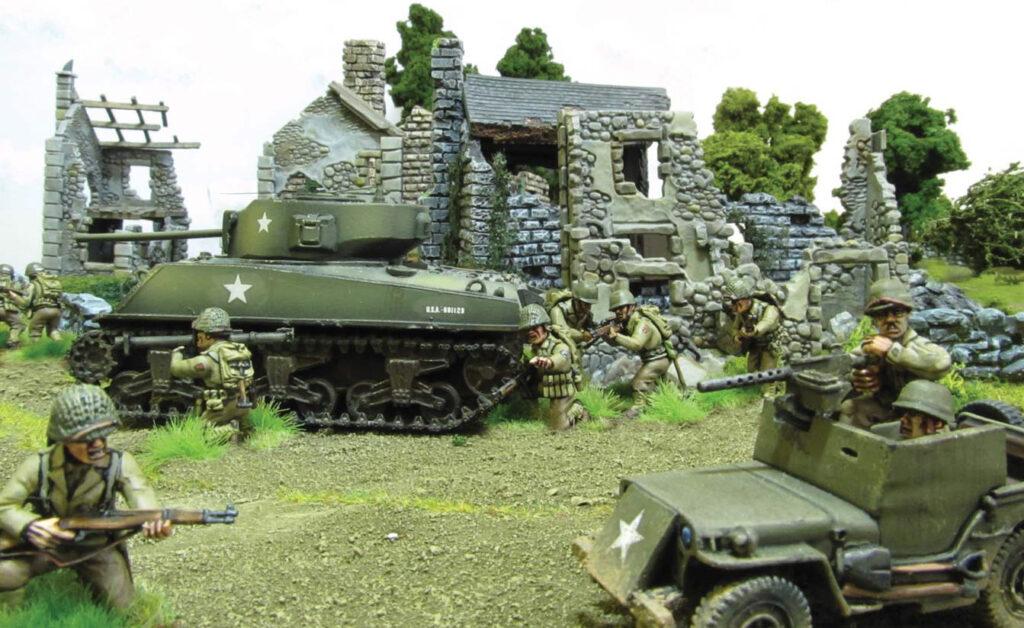
With larger weapons, the extra penetration value can make them ideal for dealing with Veteran units where small arms might otherwise struggle. There’s also a couple of things to consider when targeting a unit – remember, the Ranging In rule means your first shot will only hit on a 6. It’s therefore not something to be relied upon, except in the direst of circumstances. What those first shots will do, however, is force your opponent to make a difficult decision – do they move, and potentially put their unit in a disadvantageous position and lose the benefit of cover against direct fire, or do they stay put and risk being hit subsequently on a much easier roll?
This brings us nicely to the when. It’s not a particularly efficient use of your artillery to try and hit a unit that you know is going to move next turn – it’s much better to wait until that unit has got to where it’s going. An ideal target is a unit that has reached an objective and must remain on it until the end of the game – you can give your opponent a real headache as they are forced to decide just how much they want to keep that objective, as your ranging shots get ever closer. By comparison, enemy artillery is the perfect target to engage from turn one… if you can see it. Counter-battery fire again forces your opponent to make the tough choice between keeping their unit safe or using it against you. This ties in to your spotter placement – if you can get them somewhere they can see the entire battlefield, no unit is safe.
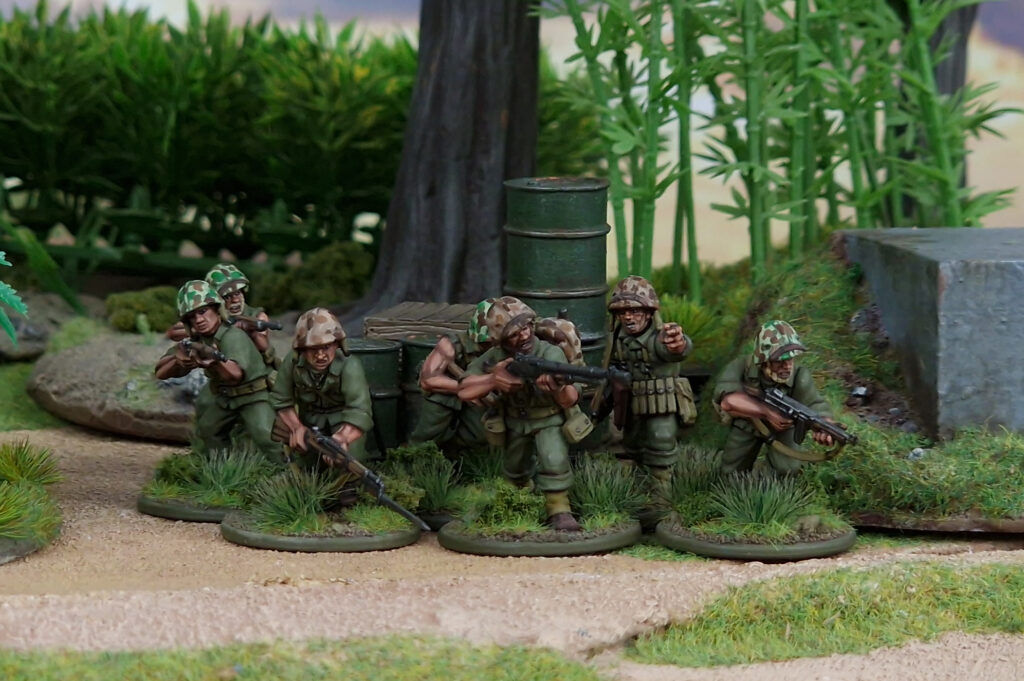
With a wide array of indirect fire weapons to choose from, and a wide range of ways to include them in your force, you can set up your fire support to exactly fit your army theme or playstyle; with this brief guide you now have the basics of how to employ them. Standby for fire mission – rounds out!
